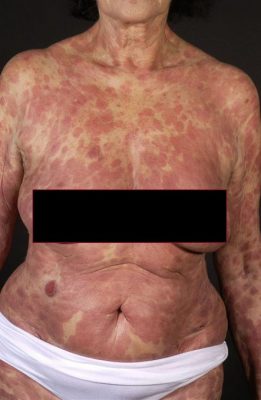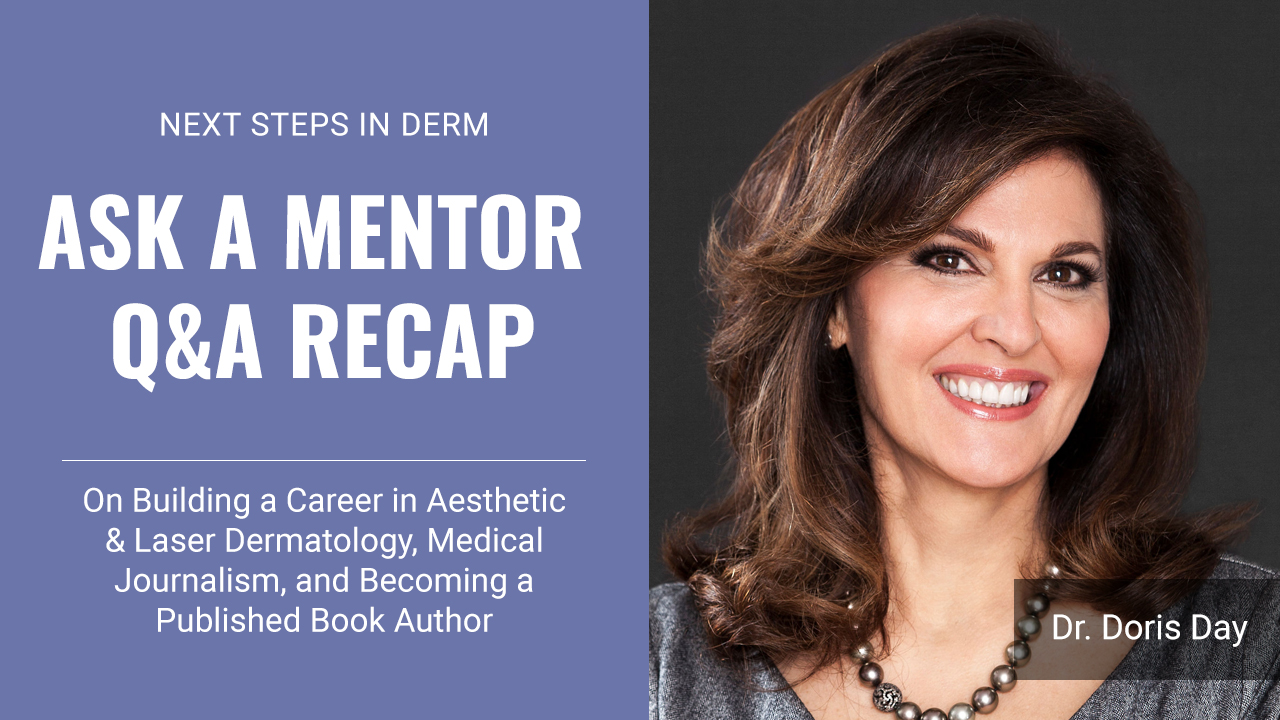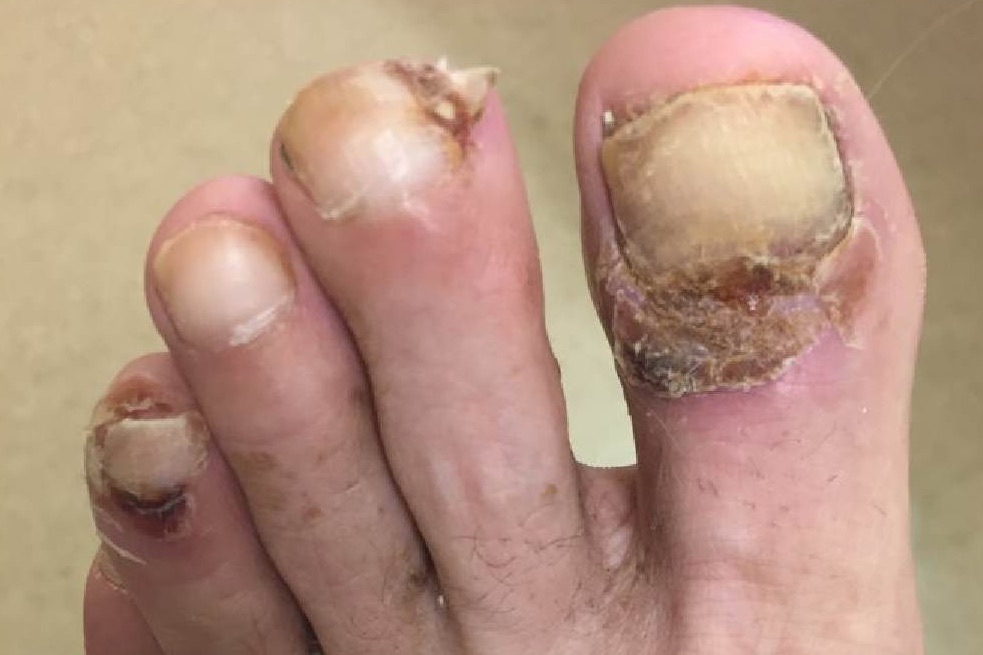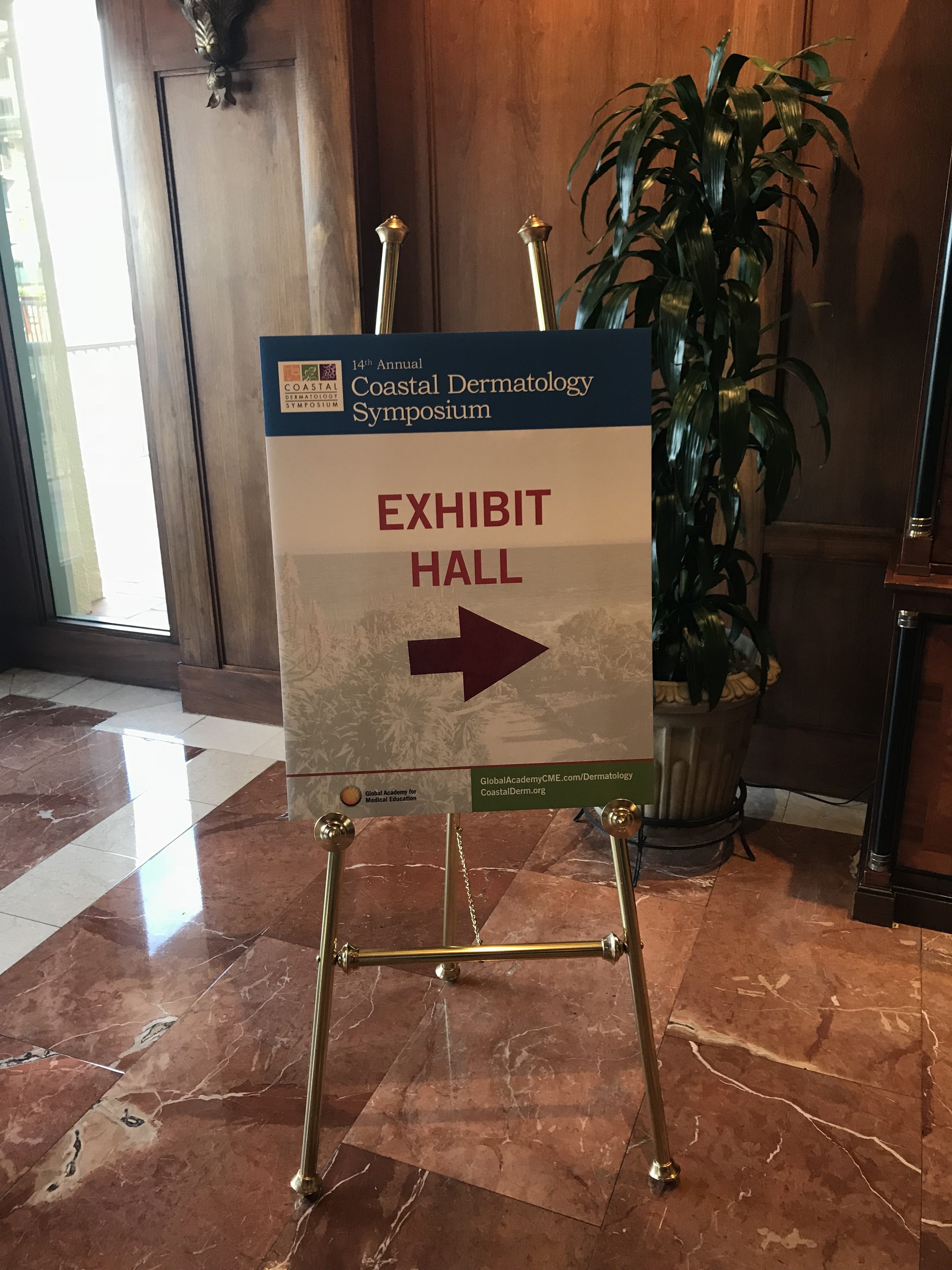Cutaneous T-Cell Lymphoma CTCL – Part 1
 My Obsession with Cutaneous T-Cell Lymphoma (CTCL) – A Sneak Peek
In preparation for an exciting new Resident-led session at the upcoming ODAC conference, titled “My Obsession with CTCL”, I wanted to give you an overview of this broad category of diseases. I just remember my first Dermatology Grand Rounds presentation as a new resident was covering the topic of sarcoidosis. In this discussi …
My Obsession with Cutaneous T-Cell Lymphoma (CTCL) – A Sneak Peek
In preparation for an exciting new Resident-led session at the upcoming ODAC conference, titled “My Obsession with CTCL”, I wanted to give you an overview of this broad category of diseases. I just remember my first Dermatology Grand Rounds presentation as a new resident was covering the topic of sarcoidosis. In this discussi …
 My Obsession with Cutaneous T-Cell Lymphoma (CTCL) – A Sneak Peek
In preparation for an exciting new Resident-led session at the upcoming ODAC conference, titled “My Obsession with CTCL”, I wanted to give you an overview of this broad category of diseases. I just remember my first Dermatology Grand Rounds presentation as a new resident was covering the topic of sarcoidosis. In this discussi …
My Obsession with Cutaneous T-Cell Lymphoma (CTCL) – A Sneak Peek
In preparation for an exciting new Resident-led session at the upcoming ODAC conference, titled “My Obsession with CTCL”, I wanted to give you an overview of this broad category of diseases. I just remember my first Dermatology Grand Rounds presentation as a new resident was covering the topic of sarcoidosis. In this discussi … 

 Do you ever field odd-ball patient questions and wonder where the information they presented came from? The new “Patent Buzz” series addresses recent dermatology news from the consumer press and provides background on the conditions and treatments your patients may ask about at their next office visit.
Allure: Do you need a face towel?
Brides: Are gel nails safe?
GMA: Skin tips …
Do you ever field odd-ball patient questions and wonder where the information they presented came from? The new “Patent Buzz” series addresses recent dermatology news from the consumer press and provides background on the conditions and treatments your patients may ask about at their next office visit.
Allure: Do you need a face towel?
Brides: Are gel nails safe?
GMA: Skin tips …  Building a Career in Aesthetic & Laser Dermatology, Medical Journalism, and Becoming a Published Book Author
Our Next Steps readers had the opportunity to ask Dr. Doris Day questions on building a career in aesthetic and laser dermatology, medical journalism, and becoming a published book author. See all her insightful answers below
1. As an accomplished author, what advice do you have for t …
Building a Career in Aesthetic & Laser Dermatology, Medical Journalism, and Becoming a Published Book Author
Our Next Steps readers had the opportunity to ask Dr. Doris Day questions on building a career in aesthetic and laser dermatology, medical journalism, and becoming a published book author. See all her insightful answers below
1. As an accomplished author, what advice do you have for t …  The patient developed this cutaneous adverse reaction 2 weeks after starting a clinical trial medication. What is the mechanism of action of the culprit medication?
A). Epidermal growth factor receptor (EGFR) inhibitor
B.) Tumor necrosis factor (TNF)-alpha inhibitor
C.) Smoothened inhibitor
D.) BRAF inhibitor
E.) Programmed cell death (PD)-1 inhibitor
To find out the correct answer a …
The patient developed this cutaneous adverse reaction 2 weeks after starting a clinical trial medication. What is the mechanism of action of the culprit medication?
A). Epidermal growth factor receptor (EGFR) inhibitor
B.) Tumor necrosis factor (TNF)-alpha inhibitor
C.) Smoothened inhibitor
D.) BRAF inhibitor
E.) Programmed cell death (PD)-1 inhibitor
To find out the correct answer a …  The second of a two-part series with clinical pearls for your dermatology practice from the 2018 Coastal Dermatology Symposium. Be sure not to miss all the useful points in Part I.
From Dr. Julie Harper’s talk “The Latest on Acne”
OCPs are still a viable treatment for female patients with acne. You should be sure to take a thorough history to elucidate any risk factors for venous t …
The second of a two-part series with clinical pearls for your dermatology practice from the 2018 Coastal Dermatology Symposium. Be sure not to miss all the useful points in Part I.
From Dr. Julie Harper’s talk “The Latest on Acne”
OCPs are still a viable treatment for female patients with acne. You should be sure to take a thorough history to elucidate any risk factors for venous t …